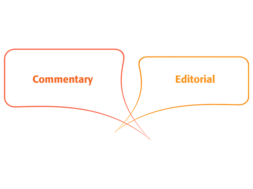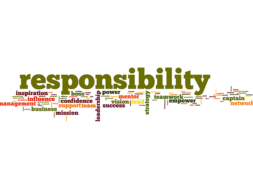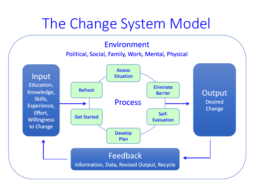
Musings of an Educational Entrepreneur
By Benjamin Franklin
This is a new column that gives educational leaders the opportunity to discuss higher education issues. For more information on how to contribute, contact Jenny Faubert at 920-264-0199 or jfaubert@careereducationreview.net.
It’s all about the economy. Our glorious revolution had a basis in the needs of our colonists to have the liberty to operate in an economy free of unfair crown regulations and taxes. Brave individuals, dressed as natives, boarded an English ship and threw the cargo (tea) overboard to express their anger at the injustice of the King’s taxes.
Today, the attack on career schools has a similar basis in economic conditions. Prior to the great recession of 2008, career schools were the darling of Wall Street, public commentators, and the public at large. However, that subsequent economic downturn had both a good and bad impact on the sector.
The good was the countercyclical nature of enrollment demand in which higher unemployment, lack of jobs, and a negative economic outlook drove people to enroll in schools.
Career schools grew at a double-digit rate which allowed for expansion, full classes, and significant profits. In fact, the published financial statements of the publicly traded institutions made both critics and supporters gasp at the large profit margins.
While this economic boom was great for the for-profit educators, enhancing their ability to grow, expand, and meet the demand of the market, our natural competitors – public and not-for-profit institutions – had a different response to the economic recession. Public education faced significant challenges. As tax revenues decreased in the states, the ability to pay for the expansion based on need was sorely impacted. In fact, most public community colleges and universities lost per student revenue and were forced to limit enrollment. The drop in the stock market put pressure on the states’ scholarship endowments and investment programs.
The recession had a different impact on traditional not-for-profit schools. Most of these schools limited their enrollments, and although applications for admission increased, enrollment stayed steady. The difficulty of obtaining donations by the colleges and universities increased as businesses, and personal wealth of alumnus became tenuous. Endowments, which provide operating income to these school, were severely hurt as the stock market and other investments tumbled.
Consequently, the economic conditions brought significant attention to the for-profit sector.
The increase in the number of students and institutional growth brought a significantly greater amount of financial aid dollars to students at career schools. The growth of online programs and on ground campuses posed a serious threat to the academy. While traditional colleges and universities were not the sources of the anti-proprietary activities, they sat on the sidelines as the Obama administration increased the regulations and negative actions against career schools. Instead of opposing the establishment of quality proxies such as gainful employment, default rates, 90/10 and other measures, the traditional schools allowed the lawmakers and government officials to close schools and limit participation in Title IV programs.
These modern “intolerable acts” resembling those of my time have forced change upon higher education. No longer are colleges and universities able to ignore graduation rates, placement rates, and return on investment to students. As in colonial society, discontent with the status quo will force many needed changes upon us. I believe today’s career colleges, similar to the rebels of my time, will continue to serve America for centuries to come.
The views expressed by contributors are their own and do not represent the views of Career Education Review.






